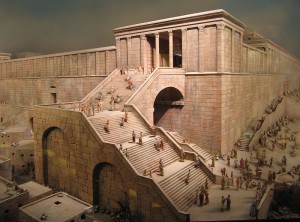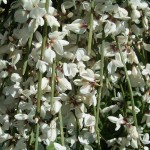Bibliography
Hittite Treaties and Letters, D. Luckenbill
The American Journal of Semitic Languages and Literatures
Vol. 37, No. 3 (Apr., 1921), pp. 161-211
Reflections on The Mitanni Emergence, G. Schwartz
Berlin Studies of the Ancient World, Vol. 17
The Beginning of Desire: Reflections on Genesis, A Zornberg
Image Books 1996
Studies in Bereishit, Nechama Leibowitz
Jerusalem, WZO, 1976
Pseudo Translation of Yonatan ben Uzziel:
http://targum.info/targumic-texts/pentateuchal-targumim/
Please see the main Bibliography for more.


